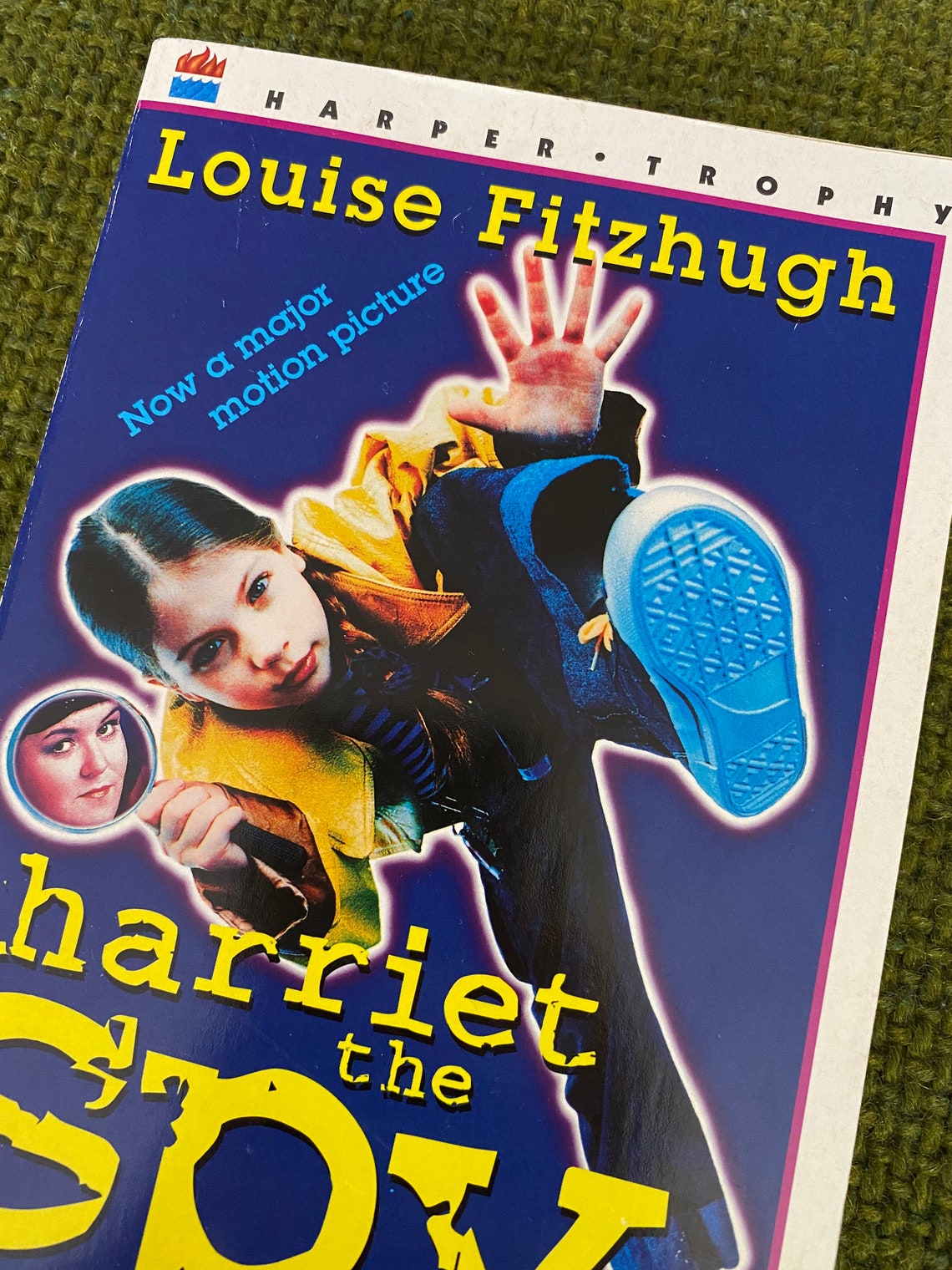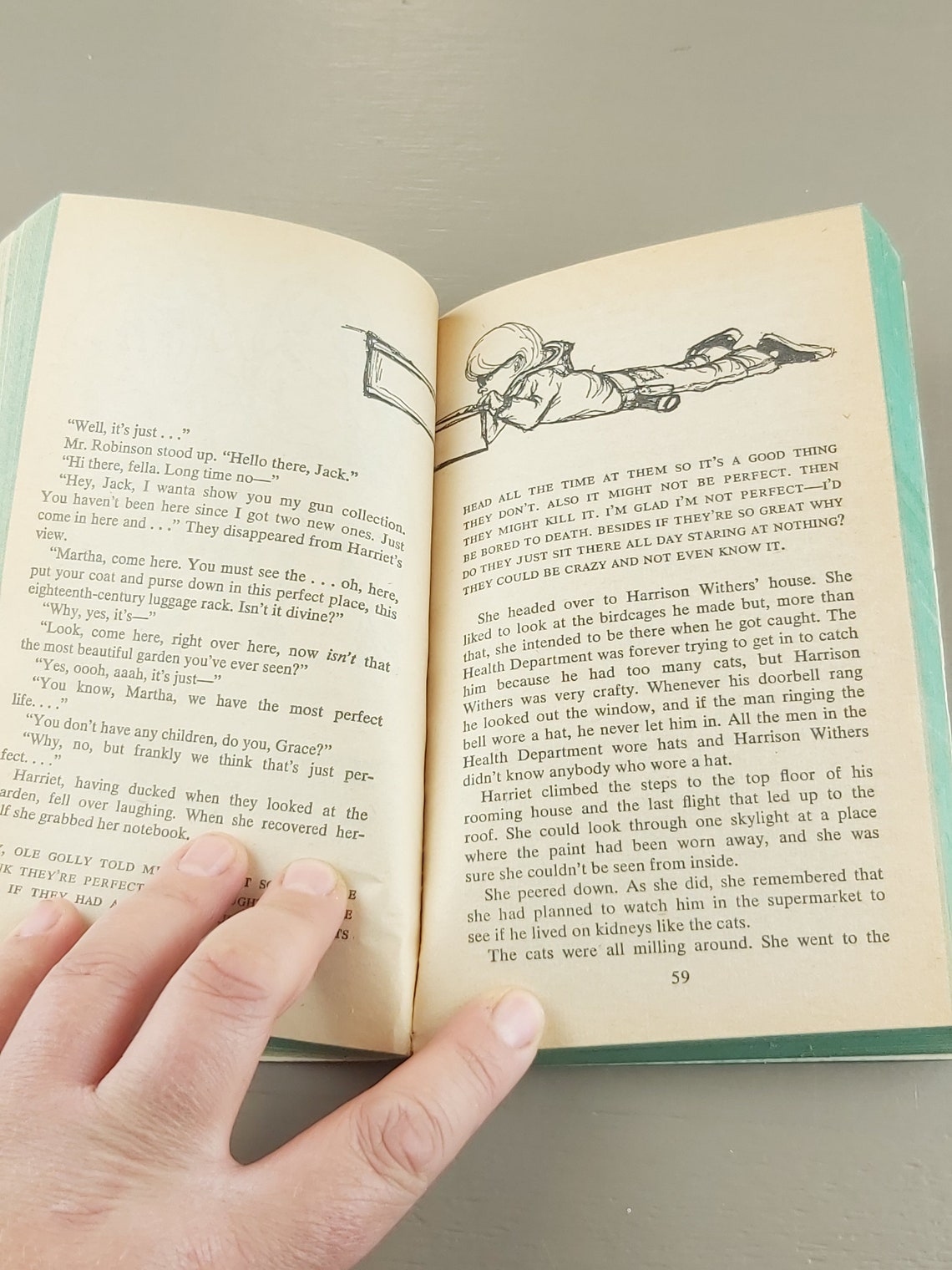

Louise Fitzhugh refused to do any publicity for Harriet the Spy. They include the names of favorite authors Dostoevsky and Faulkner, but also folks from her inner circle, including Alex (Alixe Gordin, Fitzhugh's partner for a decade), Sandra (Fitzhugh's Suzuki Beane co-creator), and Marijane (writer Marijane Meaker), among others. When she spies on Harrison Withers and his 26 cats through his skylight, Harriet is careful to note the name of each and every cat. Louise Fitzhugh gave some of her close friends a nod in Harriet the Spy. She grew up in a mansion in Memphis during the Great Depression and had many nannies and household staff of her own. Ole Golly was likely inspired by Louise Fitzhugh’s own nannies.Īlthough she drew inspiration for Harriet’s big city espionage from her adult life in New York, Fitzhugh came from well-to-do Southern socialites. That got her foot in the door at Harper Books, where she was able to sell Harriet the Spy on a mere four-page summary.

Her first big success was illustrating her friend Sandra Scoppettone's book Suzuki Beane, about a girl who lived on Bleeker Street in Manhattan's Greenwich Village neighborhood. She worked with a magnifying glass at hand."įitzhugh turned to children's lit when she couldn't make enough money as a painter.

In fact, she "always considered herself a painter first," biographer Leslie Brody told the LA Review of Books, adding that "Regarding her book illustrations, Louise was a perfectionist. Louise Fitzhugh also illustrated Harriet the Spy.

She referred to Harriet as “a nasty little girl who keeps a notebook on all of her friends.” But kids apparently identified with that “nasty” child: the book has since sold more than 5 million copies. Author Louise Fitzhugh was surprised that Harriet the Spy was popular. Here are a few facts about Harriet the Spy hat we scribbled in our notebook. Welsch would no doubt make use of cell phones, internet research, and GPS tracking to complete her missions, author Louise Fitzhugh captured the not-always-nice inner thoughts and feelings of a kid on the brink of adolescence so well that her novel, first published in 1964, transcends the decades. She may be more than 55 years old, but Harriet the Spy has aged pretty well.


 0 kommentar(er)
0 kommentar(er)
